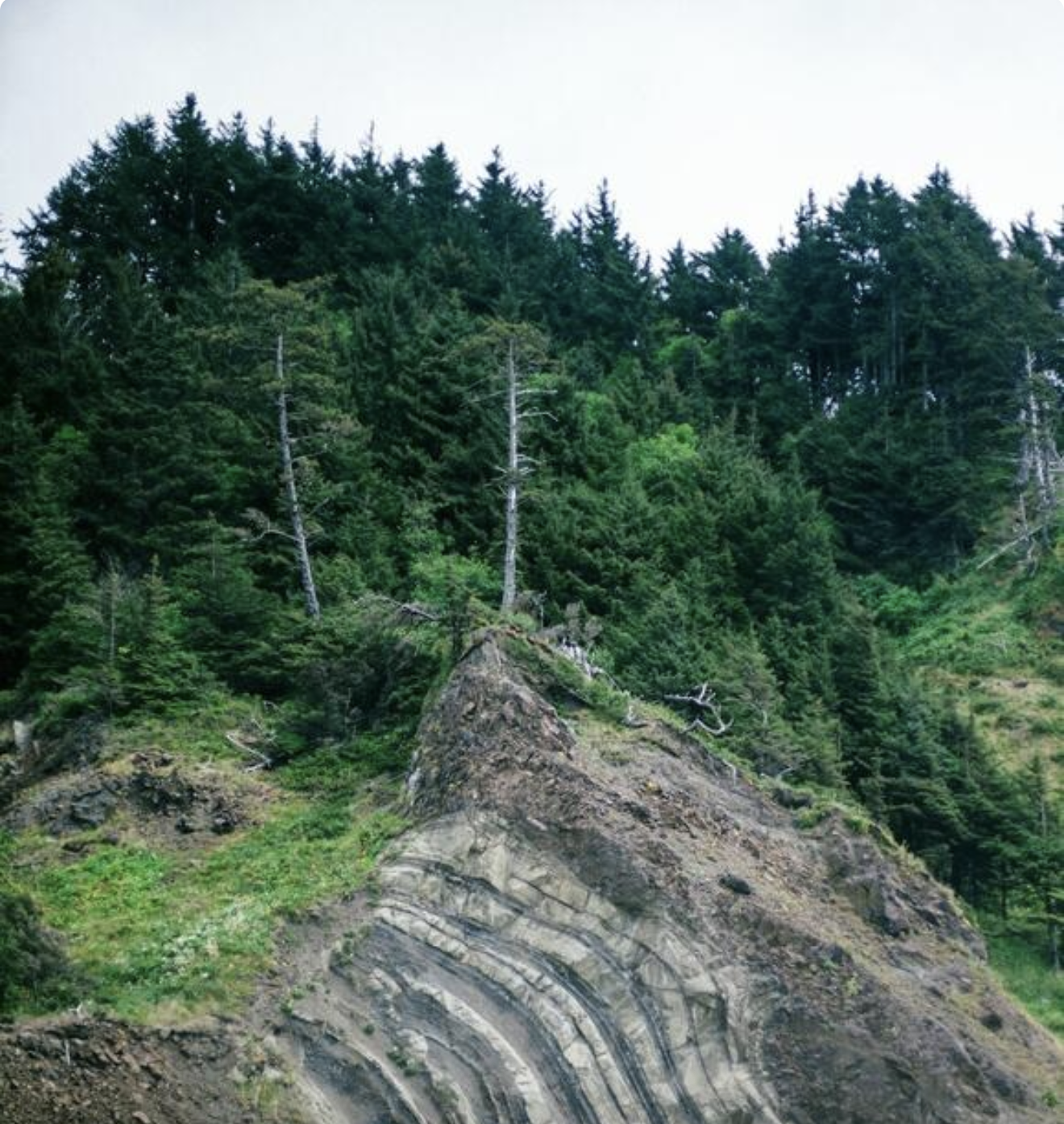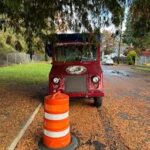A new geological study suggests that a major earthquake in the Cascadia Subduction Zone could set off simultaneous shaking along California’s San Andreas Fault, significantly increasing the risk of a catastrophic multi-fault event across the U.S. West Coast.
Study Links Cascadia and San Andreas Systems
The research, led by Chris Goldfinger, a marine geologist at Oregon State University, was published in Geosphere on September 29. By examining deep-sea sediment cores along the Pacific Northwest coastline, Goldfinger and his team discovered patterns showing that major Cascadia earthquakes have historically coincided with or triggered seismic activity on the San Andreas Fault in California.
The findings challenge the long-held assumption that the two fault systems operate independently. “Our data show that these massive fault zones are not as isolated as once believed,” Goldfinger said. “A rupture in Cascadia could be the domino that tips California’s San Andreas into motion.”
Also Read
Historical Parallels and Recurrence Intervals
The Cascadia Subduction Zone last ruptured in January 1700, producing a magnitude 9.0 earthquake and a devastating tsunami that reached Japan. Geological evidence indicates that such megathrust events occur roughly every 300 to 500 years, meaning the region is now entering the high-risk window for another major rupture.
Researchers estimate a 16% to 22% chance of a full-margin Cascadia earthquake within the next 50 years, which could reach or exceed magnitude 8.7. Even a partial rupture, which scientists consider far more likely (about 42% probability), could generate shaking in the 7.4–8.0 range, still strong enough to cause widespread structural collapse, landslides, and coastal flooding.
Evidence of Synchronized Quakes
The study found that at least three times in the past 1,500 years, large Cascadia quakes were followed within hours—or even minutes—by seismic activity along the northern San Andreas Fault. The evidence comes from matching layers of disturbed ocean sediments, suggesting that massive energy releases in one fault system can trigger instability in the other.
Comparable sequences have been observed elsewhere in the world, including during the 2004–2005 Sumatra earthquakes, where linked ruptures across adjacent fault zones intensified global aftershock patterns.
The “Worst-Case Scenario”
Goldfinger warned that the long-feared “Big One” in the Pacific Northwest could, in fact, be only part of a broader West Coast disaster scenario. A simultaneous rupture of the Cascadia and San Andreas faults could impact major metropolitan regions including Portland, Seattle, San Francisco, and Vancouver, overwhelming national emergency resources and infrastructure.
“Even one magnitude 9 quake would strain FEMA’s capabilities,” Goldfinger said. “Two occurring together would test every level of disaster response in the country.”
Preparedness and State Response
The study has reignited calls for increased seismic preparedness. In September, Oregon Governor Tina Kotek signed an executive order requiring all new state-owned buildings to meet strict earthquake safety standards. The order also mandates retrofits of existing public facilities—including schools, hospitals, and emergency centers—by 2060.
Emergency planners are also emphasizing individual readiness: stockpiling food and water, securing heavy furniture, and developing family evacuation plans. Experts warn that during a Cascadia event, residents along the coast could have as little as 15 minutes to reach higher ground before tsunami waves arrive.
A Call for Urgency
While the odds of a dual-fault rupture remain relatively low, scientists say the potential consequences demand attention. “We can’t predict exactly when it will happen,” Goldfinger said, “but the geological record tells us it’s only a matter of time.”
With much of the Pacific Coast’s population and infrastructure situated along active fault lines, the study underscores an uncomfortable reality: the next megaquake may not stop at state borders—and preparing now could make the difference between survival and catastrophe.












